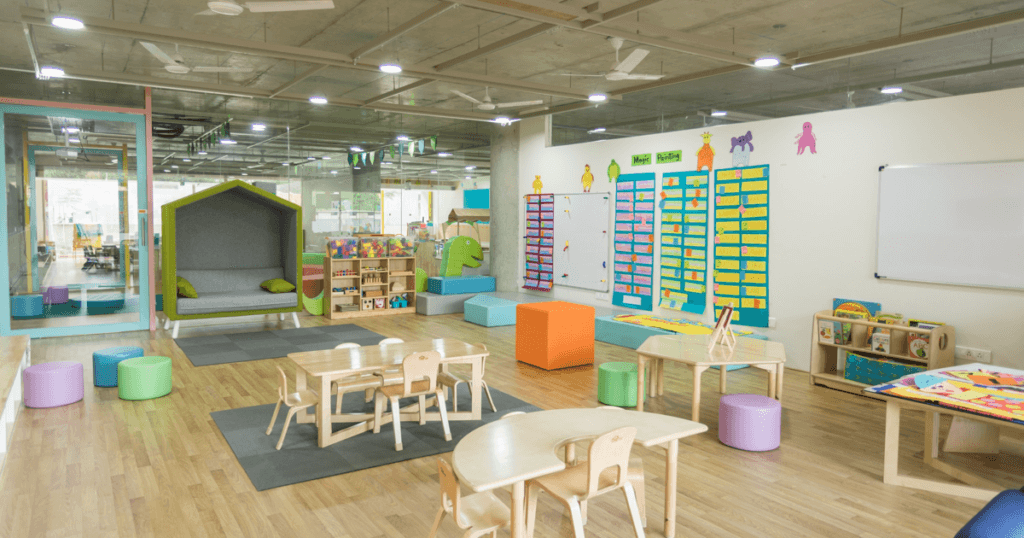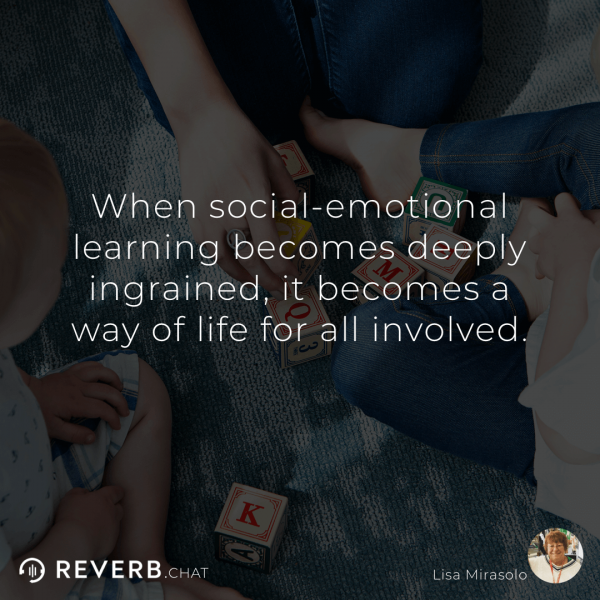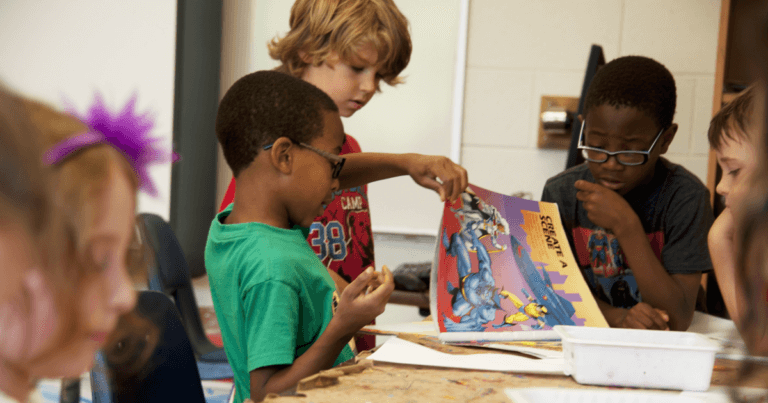The author’s views are entirely his or her own and may not always reflect the views of Reverb.
Remember when the talk in educational circles was that computers would take over the world of education?
“There will be no need for teachers,” the pessimists were preaching. “Machines will do the job.”
Fast forward to 2020 and COVID-19.
One day we were teaching like any other day and the next school as we knew it no longer was.
Shock
We were told that we would be out of school for the next two weeks, and then those two weeks were extended by two more, and finally, everyone got word that the schools were shut down for the year.
And, just like that, the school year ended… or so we thought.
Resilience
With one-quarter of the school year left, educators were not ready to drop their pens and pencils.
Thus, the world of K-12 education gave birth to their version of distance learning.
Already popular with colleges branching out to reach potential students not formally enrolled in their schools, K-12 educators felt this the way to go.
But was it?
SEL
Social-emotional learning has become a focus in educating the K-12 student.
The idea behind this is to connect students to adults in their school who will promote a sense of well-being and connectedness.
Through SEL skills, students develop self-awareness, self-management, responsible decision-making, relationship skills, and social awareness.
This social and emotional learning means every student creates a safe and supportive school community, a community where students thrive.
At a time when cultivating equity is on the mind of all, what better way is there than SEL?
When social-emotional learning becomes deeply ingrained, it becomes a way of life for all involved.
Students and adults interact in and out of the classroom, providing a supportive, welcoming, and equitable environment.
Decades of research show that social-emotional learning increases academic achievement and improves behavior. SEL training is proven to have a long-term positive impact on community.
In the classroom feel, out of the classroom?
Is this something that can be achieved with remote education?
With our current tools, remote pedagogy eliminates the in-person element crucial for social-emotional learning to take place.
It eliminates the sense of community created in a school building.
This same sense of community should spill out from the school into the community-at-large.
Building relationships and social awareness will fall by the wayside.
Do we want equity for all students?
Do we want our kids to be socially aware, self-aware, and have self-control?
Do we want them to be able to form and maintain relationships?
This is why current distance learning cannot be the only future answer to K-12. This is why our current technology needs to improve in ways that aren’t just about knowledge, but about feeling, empathy, and equality.
The solution for K-12
So what’s the solution?
Remote learning, as it stands, does not fully address the SEL needs of K-12 learners.
Perhaps the solution in a post-COVD world is blended? Blended learning uses technology to further facilitate interaction between students and responsible adults.
Blended means conversations and positive influences carry to students on the go via their phones and laptops.
Blended means in-person SEL and digital convenience. It means asynchronous follow-ups and augmented learning.
Blended means educational technologists have addressed the SEL needs of students and communication needs of teachers. It means a brighter future with community, equity, and self-esteem.
What do you think?
But what do you think?
Can blended learning accomplish this feat? Do you have any interesting experiences with all this?
Share your thoughts in the comments below – it would be great to hear from you!





